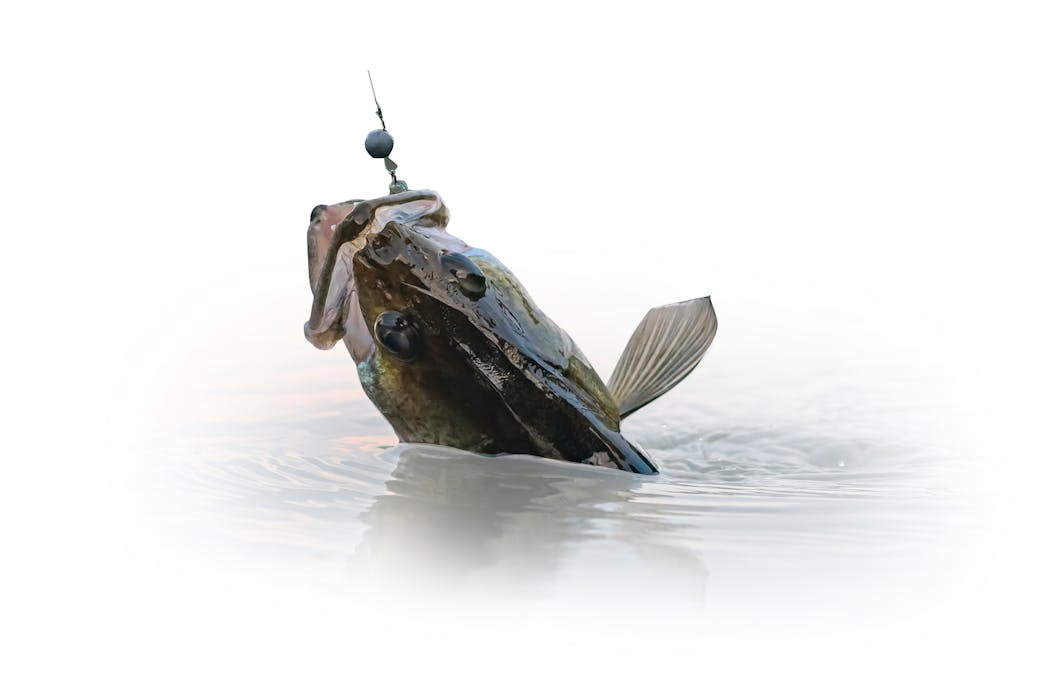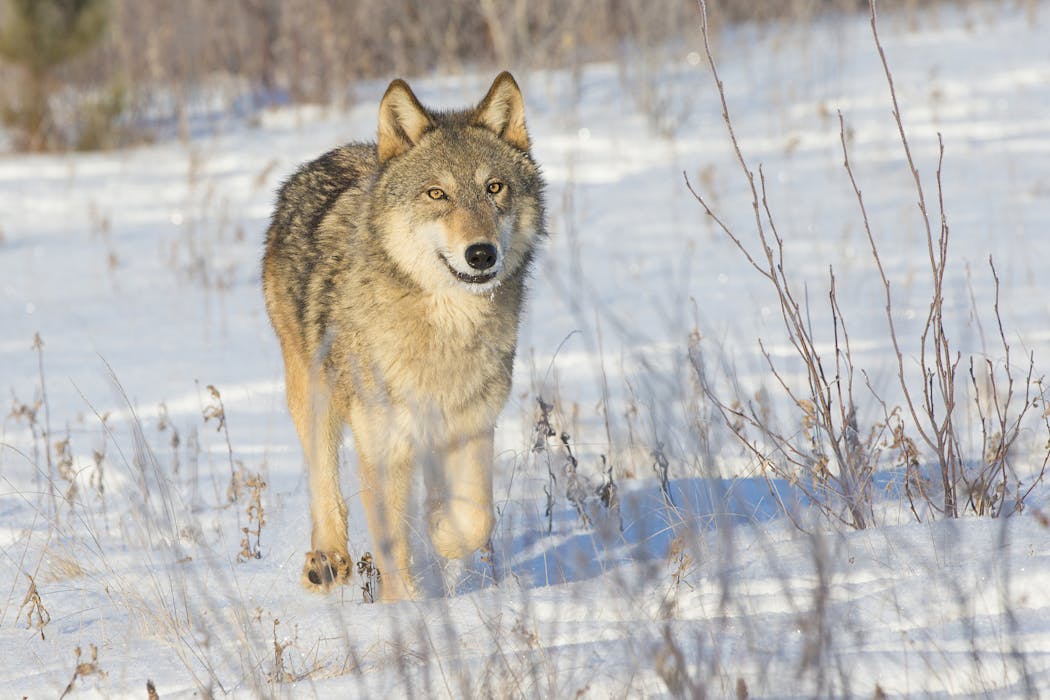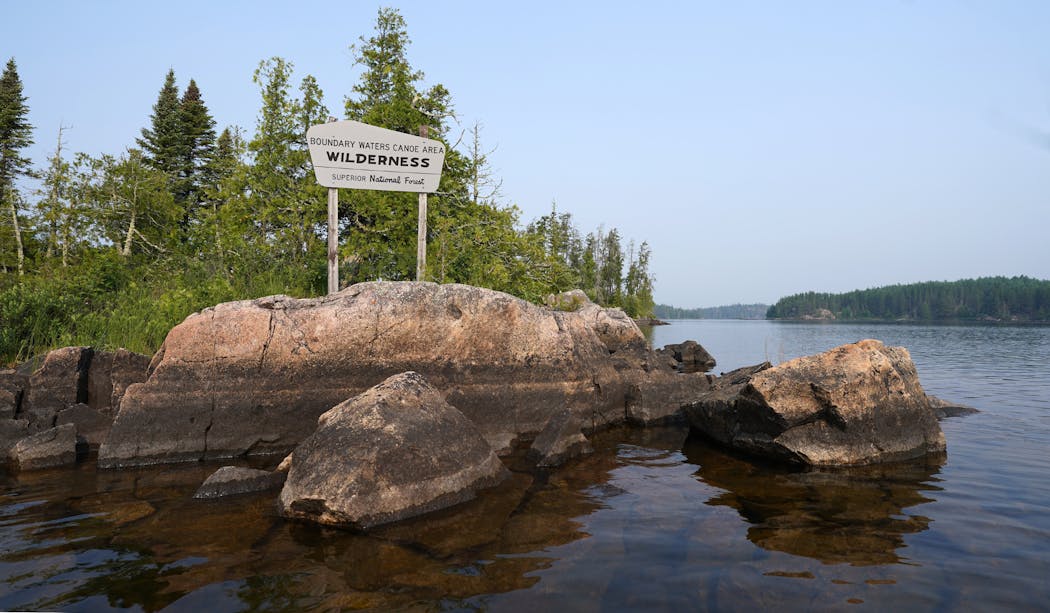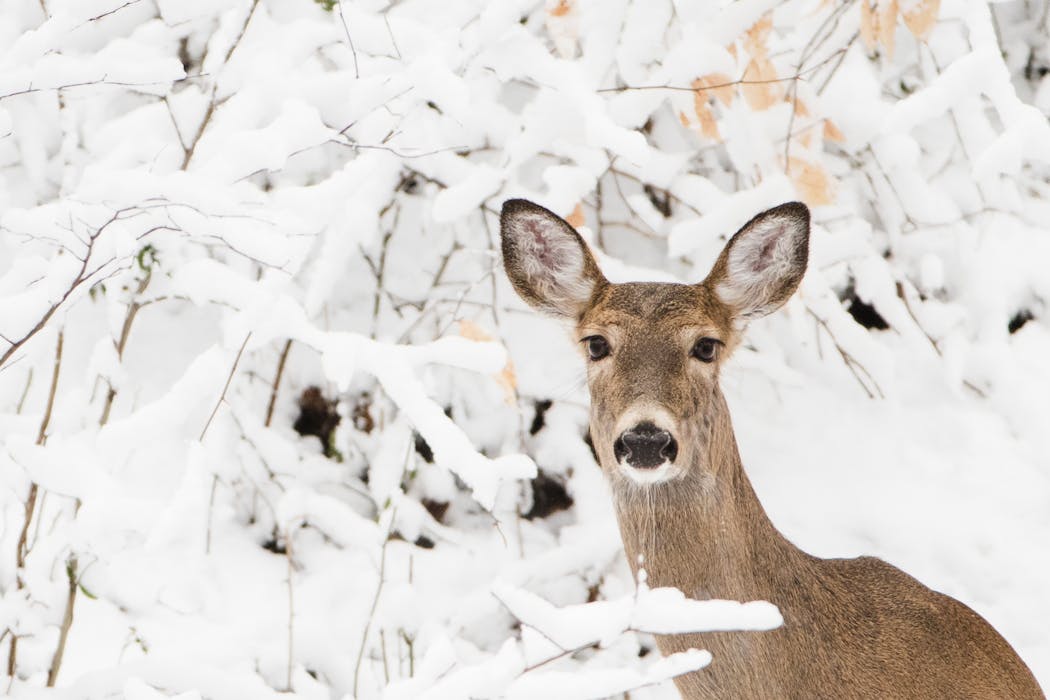Whether you live on a dirt road, a suburban lane or in a downtown condominium, chances are good in Minnesota that you care about fish, water, wildlife and wilderness. For 2022, here are five news stories to follow about the great outdoors:
Less is more
Minnesota's walleye bag limit could drop from six to four this year if more legislators buy the argument that it's time to protect the state fish from mounting stressors.
Sen. Carrie Ruud, R-Breezy Point, who last year carried the bill for a reduced bag limit, said the idea is gaining momentum.
"More and more it's looking like something we need to do,'' said Ruud, who chairs the Environment and Natural Resources Policy and Legacy Finance Committee.
Anglers who support the downsizing see it as a countermeasure to increased, technology-aided fishing pressure. In addition, walleyes throughout the upper Midwest and into Canada are fighting losses of forage and prime habitat due to climate change and invasive species.
On a lake-by-lake basis, the Department of Natural Resources already departs from the state's six-walleye bag limit to protect populations on special lakes such as Upper Red, Mille Lacs, Vermilion and Kabetogama.
State Fisheries Chief Brad Parsons has said the agency doesn't have scientific justification to support a statewide reduction to four walleyes per bag, but he says the idea has social merit to underscore the scarcity of the resource. A downsizing would spread harvest out during "hot bite'' periods, he has said, and it would simplify a set of fishing regulations that is bloated with exceptions to the rule.
Rain and solitude
U.S. Forest Service fire management officials in northern Minnesota are loving the deepening snow this winter and need at least average snow and rain this spring to discourage fires from returning to the 1.1 million-acre Boundary Waters Canoe Area Wilderness (BWCA).
Drought conditions spawned fires in the bush last summer that caused sporadic, limited campsite and lake closures. Wildfires also prompted an all-out shutdown of the BWCA in late August and early September, canceling a profusion of overnight and day trips.
Those safety precautions came at a time of increased usage that began with the outdoor recreation boom of 2020. The surge in visitor traffic on easily accessible lakes has prompted the forest service to cut back on permit availability in certain locations. The agency hasn't provided details on how deeply it will trim access, but many longtime visitors say the cuts are needed to combat crowding that has led to campsite shortages, partying, natural resource damage and congestion on portage trails.
On a recent Facebook post, canoe country veteran Eric Thum said he misses the solitude that "made the wilderness seem even bigger.''
Wolfpack 2.0
A revision of Minnesota's wolf plan that began in the fall of 2019 is on the brink of publication for mainstream review and debate.
Dan Stark, the state's large carnivore specialist, said the paper, with updated data, should be released for comment in February or March. The document will then return to a pair of working groups for revisions. If the timetable is accurate, a finalized species management plan for the state's thriving population of gray wolves will be published in the spring to replace guidelines last updated in 2001.
"It always generates a lot of interest,'' Stark said. "It's a topic that a lot of people have pretty strong opinions about.''
Livestock producers and deer hunting groups will look closely at the plan to see what it offers in the way of depredation controls and management tools for keeping wildlife populations in balance. Tribal authorities, environmentalists and wildlife conservation groups also will scrutinize the plan.
While the revisions will emerge at a time when gray wolves are without federal wildlife protection, it won't dictate whether Minnesota resumes hunting and trapping of the animals as the state did during highly regulated fall and winter seasons in 2012, 2013 and 2014.
DNR wildlife biologists have plainly stated that northern Minnesota's wolves are resilient even with a moderate level of hunting and trapping. But some politicians in St. Paul still want to ban the activity. Gov. Tim Walz, who stands for re-election this year, said in 2019 he would support such a ban.
Fighting CWD
The Minnesota Deer Hunters Association called out deer farmers last year, publicly blaming them for spreading chronic wasting disease (CWD) to whitetails in the wild.
The hunters want the Legislature to ban farm-to-farm transport of captive deer, a stance taken after a Beltrami County herd owner created an unprecedented CWD biohazard. His infected farm illegally dumped its dead deer on public land.
If there's a reckoning in store for the industry in 2022, it could stem from DNR's new authority from the Legislature to share oversight of deer farms with the farmer-dominated Board of Animal Health. The reform measure was ordered by lawmakers in 2021. A report on the arrangement is due Feb. 1, possibly spelling out enforcement and rulemaking.
Meanwhile, DNR wildlife health officials still are busy with late-season hunts to test as many deer as possible for the fatal, neurological disease. In addition, federal sharpshooters are lined up to thin deer populations in two persistent focal areas: the south metro and endemic hotspots in southeastern Minnesota.
Dialing for dollars
By the second half of 2022, DNR Commissioner Sarah Strommen said she will pitch a new "actionable funding framework'' to broaden the agency's revenue streams beyond hunting and fishing license sales and excise taxes on hunting, fishing and archery gear.
Those traditional user fees and current general fund allocations can't meet the growing demand for quality outdoor experiences, she has said. She's been tapping the general public for ideas and researching similar efforts in other states.
Might there be trail-user fees and other new pricing to spread DNR's operational costs across diverse outdoors lovers? Or, like Texas, could Minnesota propose an excise tax on outdoors equipment? Watch for Strommen's report.
García and Carter hit back-to-back homers and Rangers beat Mariners 5-1







